
What is a ghost kitchen?
As with any restaurant innovation, the ghost kitchen trend is evolving rapidly and growing at an accelerated rate. In this article, we'll dig into everything you need to know about ghost kitchens and answer key questions like what is a ghost kitchen? Where did the concept of ghost or dark kitchens come from? What are the different types of ghost kitchens? What are the benefits of a restaurant opening a ghost kitchen? What could the future of ghost kitchens, and the restaurant industry now that ghost kitchens are a part of it, look like?
A ghost kitchen, also known as a dark kitchen, virtual restaurant, shadow kitchen or commissary kitchen, is a food preparation facility that prepares meals for delivery orders. You can think of a ghost kitchen as a restaurant without dine-in seating, or a commercial kitchen optimized for fulfilling delivery orders. Ghost kitchen software can be used to launch an entirely new restaurant, or to increase an existing restaurants reach by creating new online-only storefronts in different areas.
A restaurant with a single brick & mortar location is likely only delivering within a 5-mile radius of their physical restaurant. If they were to create a ghost kitchen outside of that 5-mile radius, they could begin delivering to an entirely new customer base. Further, many restaurants create ghost kitchens in high order volume areas with a significant amount of delivery demand resulting in increased reach, orders, and sales.
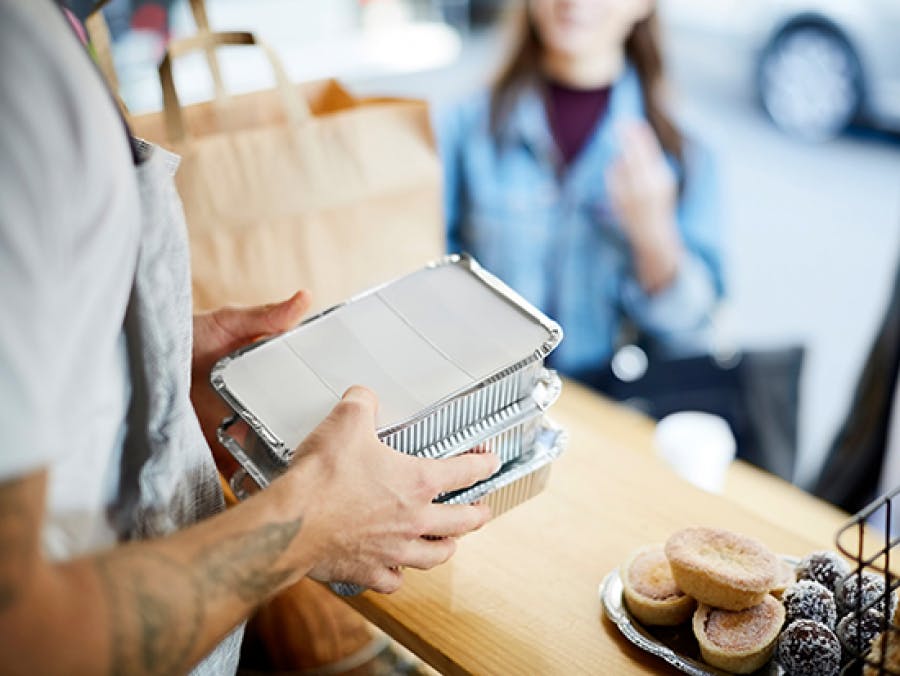
The rise of ghost kitchens
There are multiple factors that have contributed to the rise of ghost kitchens from economic shifts, to changes in consumer behavior, to new forms of employment, rising real estate prices, and unforeseen cultural circumstances. Understanding where ghost kitchens came from requires us to consider that...
- Restaurants run on low margins, hiring and supervising employees is costly and constant.
- The rise of the smartphone and the importance of convenience has shifted consumer behavior towards digital ordering and delivery which has grown 300% faster than dine-in traffic since 2014.
- The idea of traditional employment has fallen over the past ~decade, as the gig-economy has grown rapidly. Today, 40% of millennials are gig-workers or freelancers, and 40% of companies around the world hire gig workers. This creates a pool of potential drivers for apps like Uber Eats, and a pool of potential back-of-house staff to work in ghost kitchens.
- Opening a brick and mortar restaurant in 2021 requires a lot of cash. According to a survey conducted by restaurantowner.com, opening a traditional restaurant costs anywhere from $175,500 to $750,000. As the price of commercial real estate continues to increase, removing the need to rent out a large physical space with dine-in seating looks more and more appealing to restaurateurs.
The final condition that can't be ignored is the impact of COVID-19 on both consumer behavior and restaurants. As stay-at-home orders went into place around the globe, customers began ordering delivery more frequently than ever. And with reduced capacity and closures, delivery became the restaurant industry's only means of survival. While restrictions continue to change and lift, delivery is still expected to grow at an accelerated rate over the next decade.
The combination of these cultural shifts and challenges opened the opportunity for innovation in many sectors, perhaps most notably the restaurant industry, and the trend of ghost kitchens caught steam. Fast.
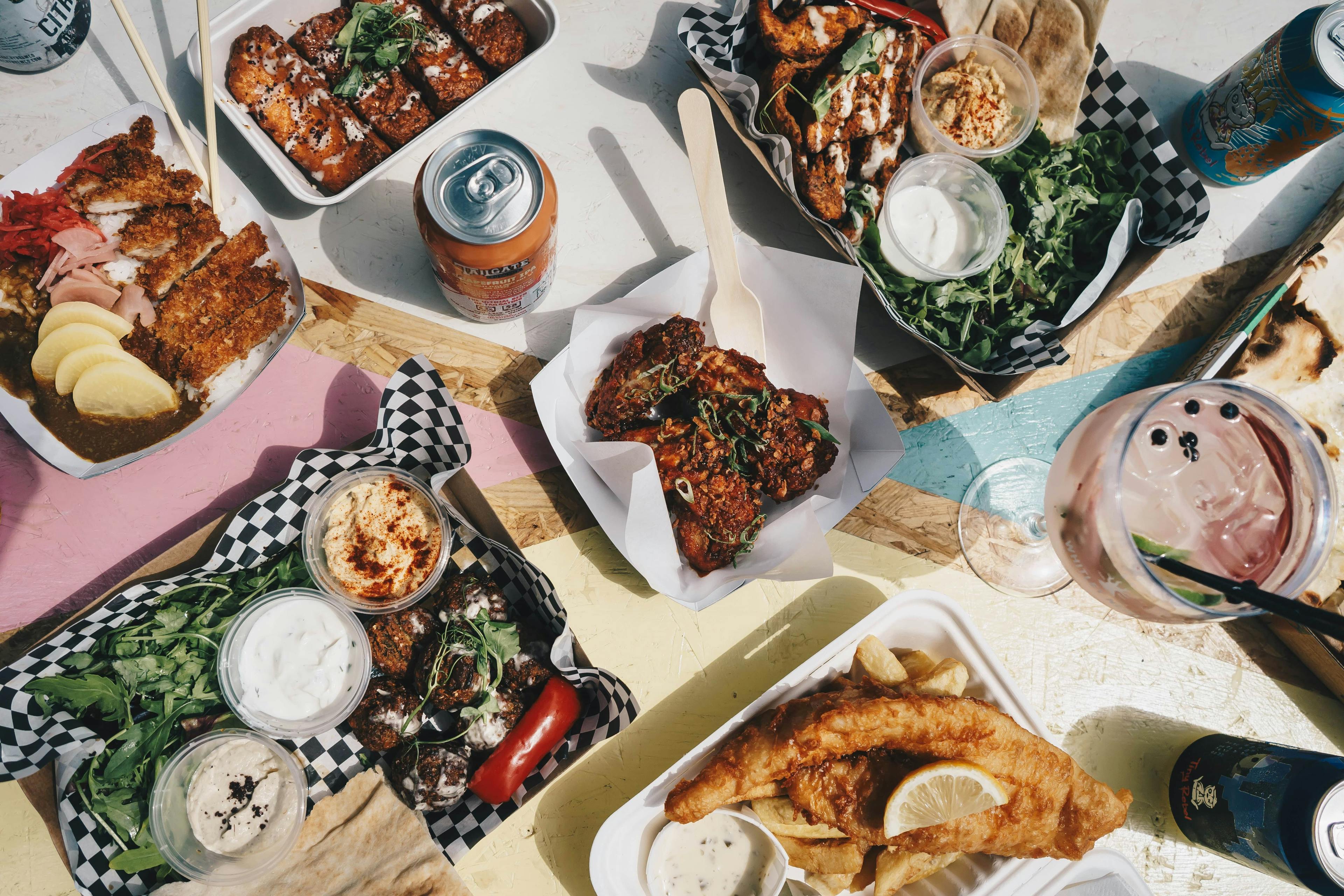
What are the different types of ghost kitchens?
Now that we know what ghost kitchens are and where they came from, lets look at the different types of ghost kitchens.
1. Incubator or pop-up kitchens. An incubator or pop-up ghost kitchen is a space that's attached to a brick-and-mortar restaurant, but is used solely to fulfill online and delivery orders. Incubator kitchens allow traditional restaurants to try new concepts, minimize chaos in the kitchen, and create new revenue streams.
2. Commissary or shared kitchens. Commissary kitchens are commercial spaces shared by multiple restaurants. They come equipped with all the appliances and cookware you need to fulfill online orders, and don't require a massive down payment or lifelong contract. Commissary kitchens are essentially kitchens available for rent to any restaurant or food entrepreneur.
3. Kitchen pods. A kitchen pod is the most bare-bones type of ghost kitchen. Generally run out of shipping containers, kitchen pods are often set-up in parking lots behind restaurants, making them easily transportable but small and uncomfortable to work in.
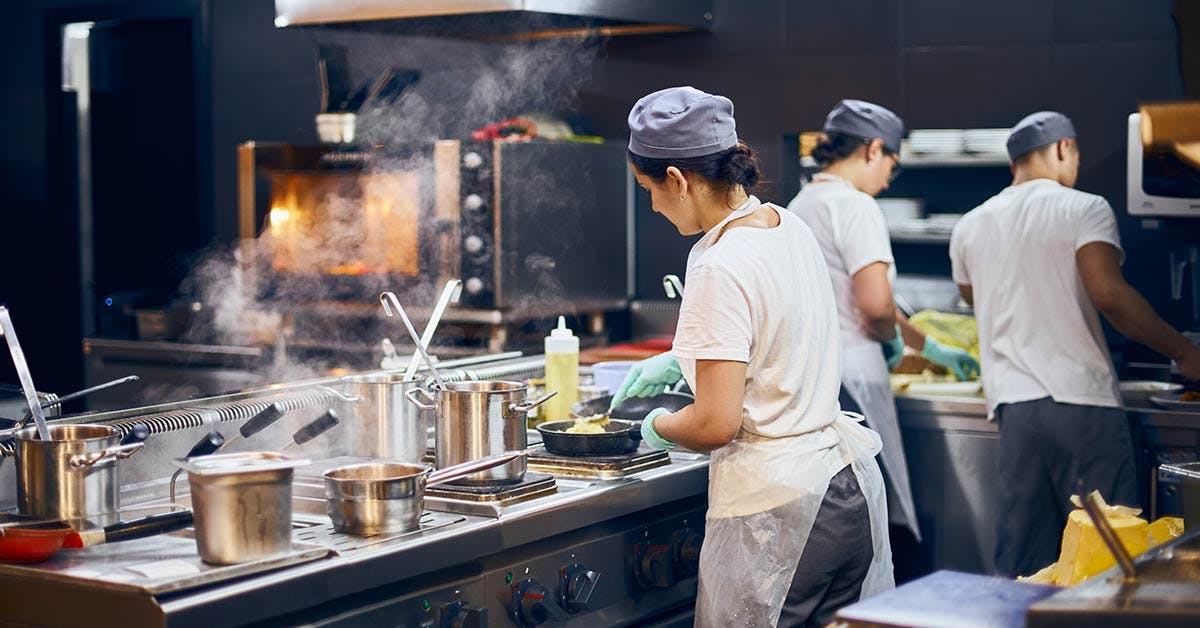
The benefits of running a ghost kitchen
Save money lots of money
Lets start with one of the main benefits: ghost kitchens are more cost-effective than brick-and-mortar restaurants. These establishments not only allow you to get started with little capital investment (which means less risk), but they're also a great way to cut down on operational costs. With no front-of-house labor, your team will be smaller, you won't need as much space and you can say goodbye to costs related to decor and furniture. Thanks to these minimized costs, restaurants are able to maximize their profits.
No need for premium locations
Sure, you've been ordering food every Friday from the same Greek restaurant for months and you feel like you know it inside-out but do you actually know where it is? Ghost kitchens are not designed for in person guests, so you'll have more freedom when choosing a location. Even though you'll need to take into account the delivery radius to place your kitchen in a online-ordering hotspot, you can take advantage of under utilized locations. Being located in a "less popular" space will not only help you find a space faster and cut down on overhead costs, it's also easier for couriers to collect orders in less trafficked areas.
Freedom to adapt and evolve
The beauty of only existing online is that you can easily change and adapt your concept. Launched a burger brand that's not performing as expected? No worries, it can be a hot dog shop by tomorrow. Do you want to partake in the popular Japanese sandwich trend? You can, once you push your new menu live with a single click. Increased speed to market is great for those restaurateurs that are willing to experiment. Plus, you can even run multiple virtual brands to optimize your business from the same ghost kitchen (see also: What is a virtual brand?)
Simplified logistics
If you've been juggling both in-house and delivery orders, you already know how difficult it can be. By focusing on delivery only, your ghost kitchen team will be able to prep more orders and get them to your customers in less time. Plus, if you work with a delivery management solution like Otter, all your online orders will be streamlined into one single tablet regardless of which delivery app the customer is using. This means less hassle and more time to focus on what actually matters: the food.
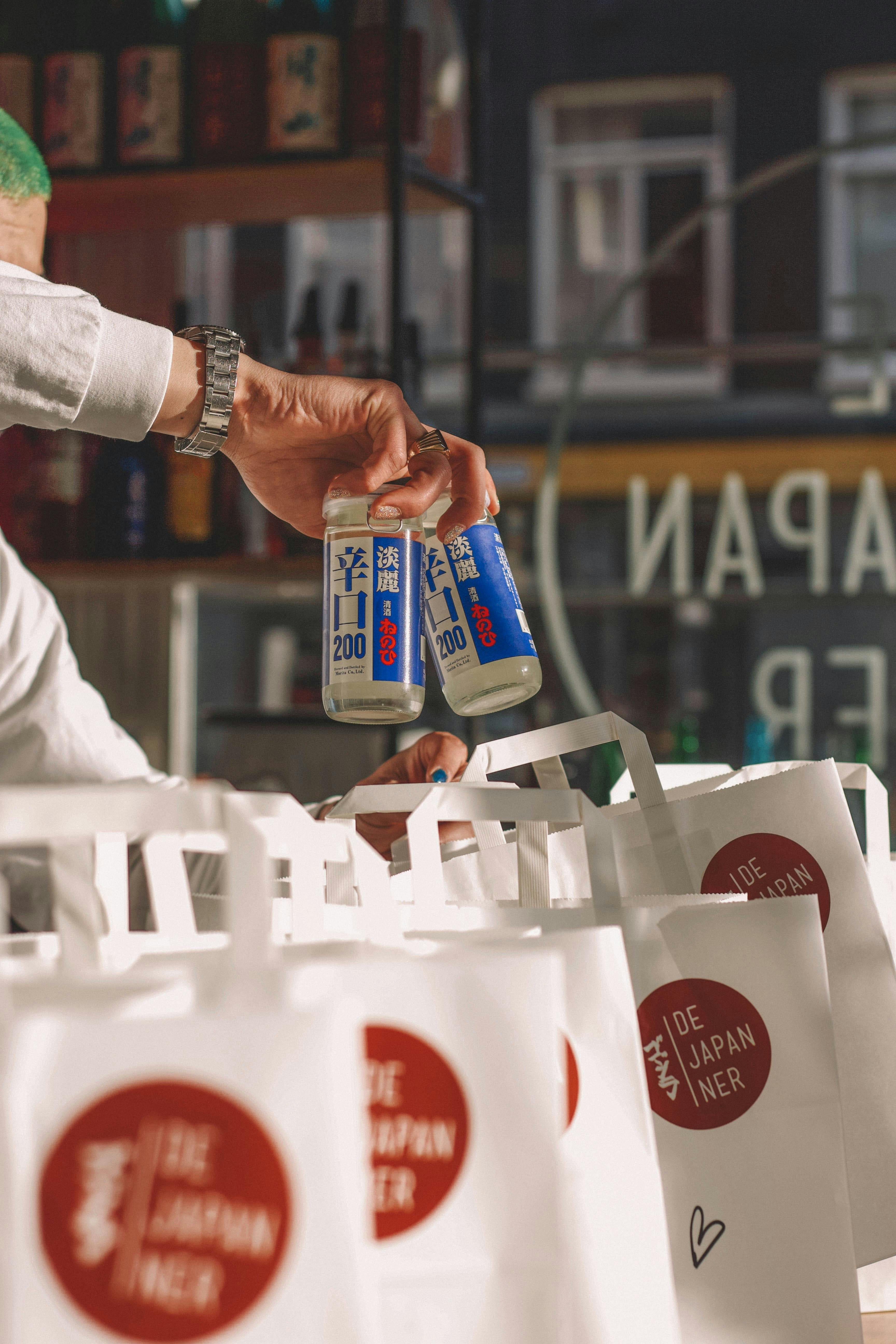
The challenges of running a ghost kitchen
Gaining visibility can be difficult without a physical footprint
Unless your restaurant is already well known, you'll have to work hard to develop your brand. Forget about walk-in traffic: with no physical location, you'll be forced to compete in a very crowded digital marketplace. Our advice? Customer reviews are key. If you still don't have a strategy for reviews in place, this is the time to work on it in order to increase your restaurants credibility and boost your online positioning.
Maintaining and nurturing the customer relationship can be challenging
A brick and mortar restaurant is a great place to offer memorable experiences, but how do you offer a good experience at a distance? With almost 0 customer interaction, you have to get creative in order to build customer loyalty. Little details will be key to encourage your customers to reorder and spread the word to friends or on social channels.
Third-party delivery apps dictate the game
Running a ghost kitchen means that delivery platforms are your main sales channel. Even though apps like Uber Eats, Skip the Dishes and Grubhub are great at getting you in front of a large audience, you will be dependent on third parties which means you'll inevitably relinquish some control. Plus, you'll need to learn how to navigate each platform in order to boost your brand visibility and achieve better search results.
You don't necessarily own your reputation in the same way a traditional restaurant would
The timing of online orders delivery is critical, but it's not really in your hands once the food has left the kitchen: will the driver pick up the order on time? How fast will it be delivered? Will the items arrive as intended? Like it or not, your reputation will be affected by the service of third-party delivery apps and, sadly, a bad experience with them will reflect on your restaurant. In order to take control, you must stay on top of your online orders and numbers. Partnering with Otter will allow you to seamlessly sync all your orders in one place to eliminate errors in fulfillment and get valuable metrics on your business like missed orders, lost revenue, availability breakdown and more.
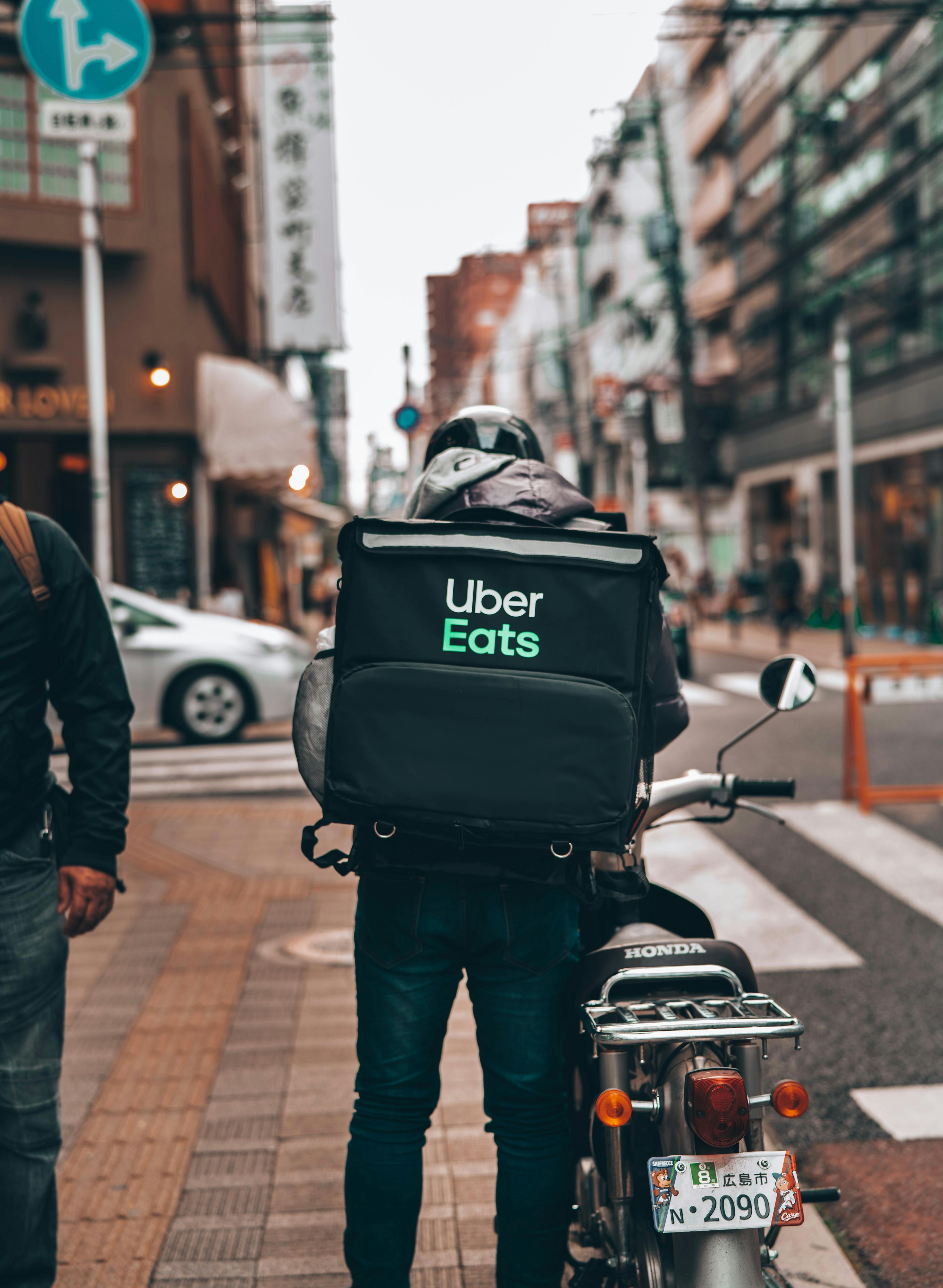
The future of ghost kitchens
It's clear that ghost kitchens offer many advantages, but are they actually here to stay? According to a report by Rockville Research, the global food delivery market is estimated to be valued at US $254 billion in the year 2028, growing at a CAGR of 10.9% in the period 2021 to 2028. Considering that delivery is expected to keep growing faster than dine-in, ghost kitchens will remain a great choice for restaurateurs to future-proof their businesses.
As long as ghost kitchens present a lower cost alternative to operating a traditional restaurant, there will be space in the market for them.







